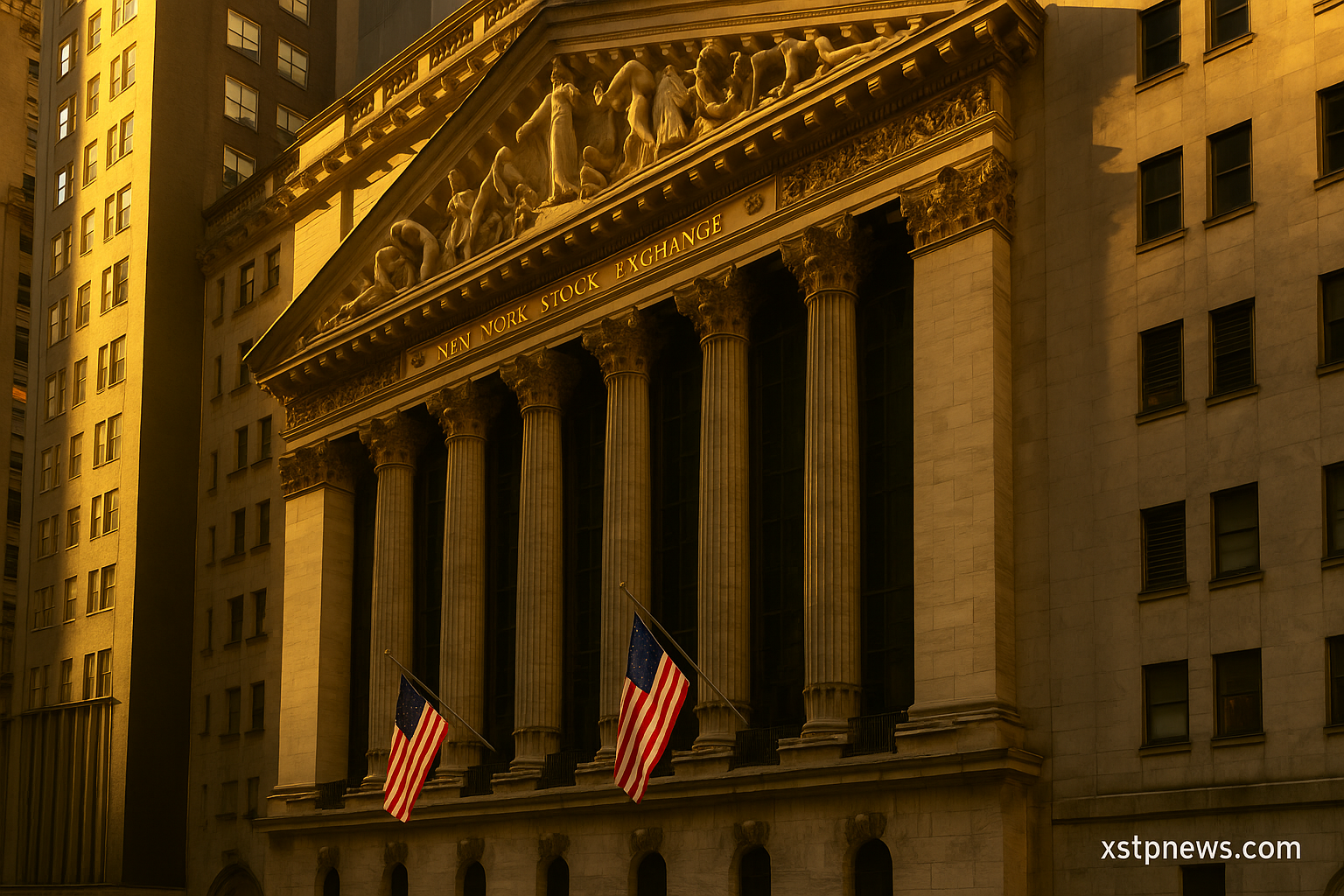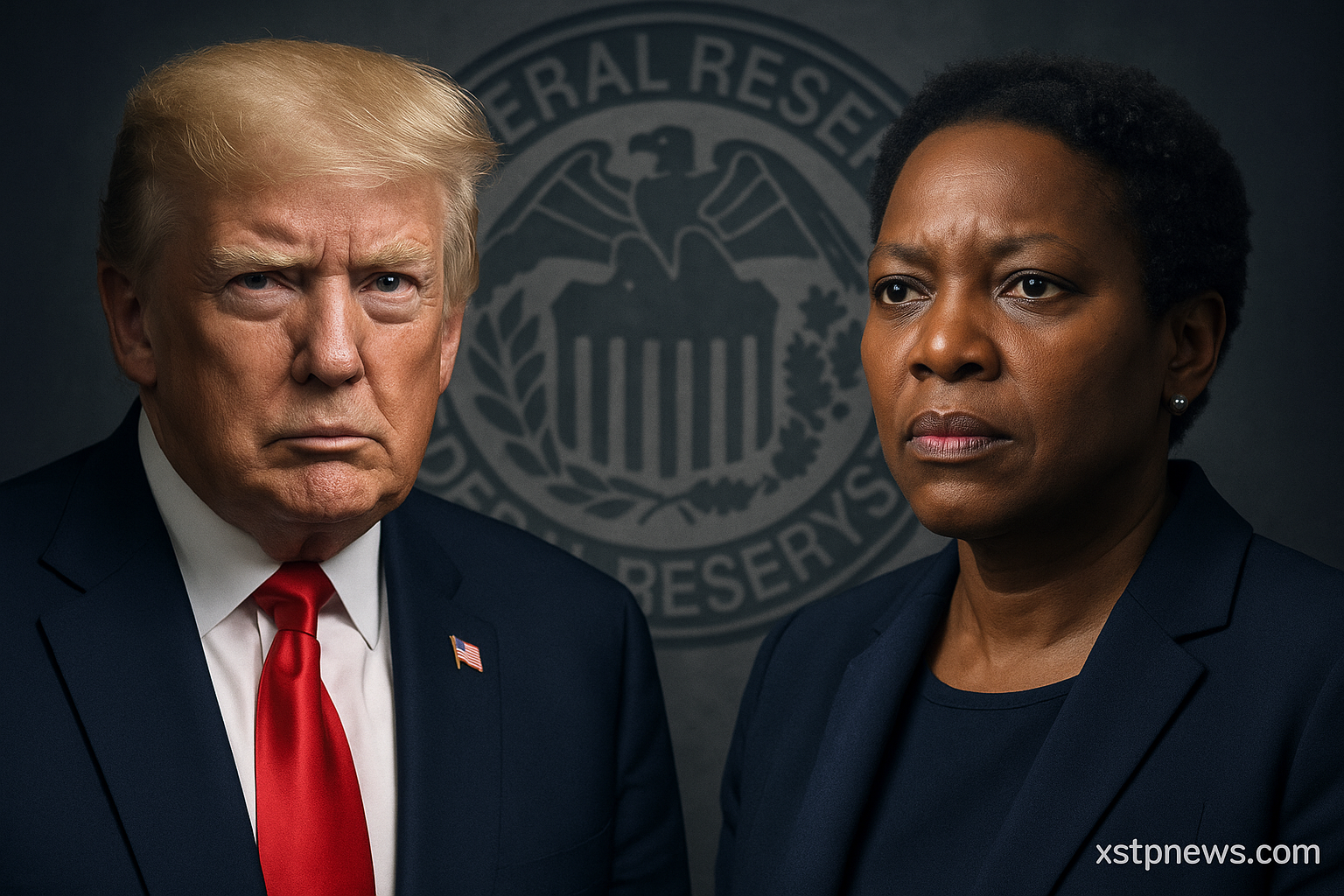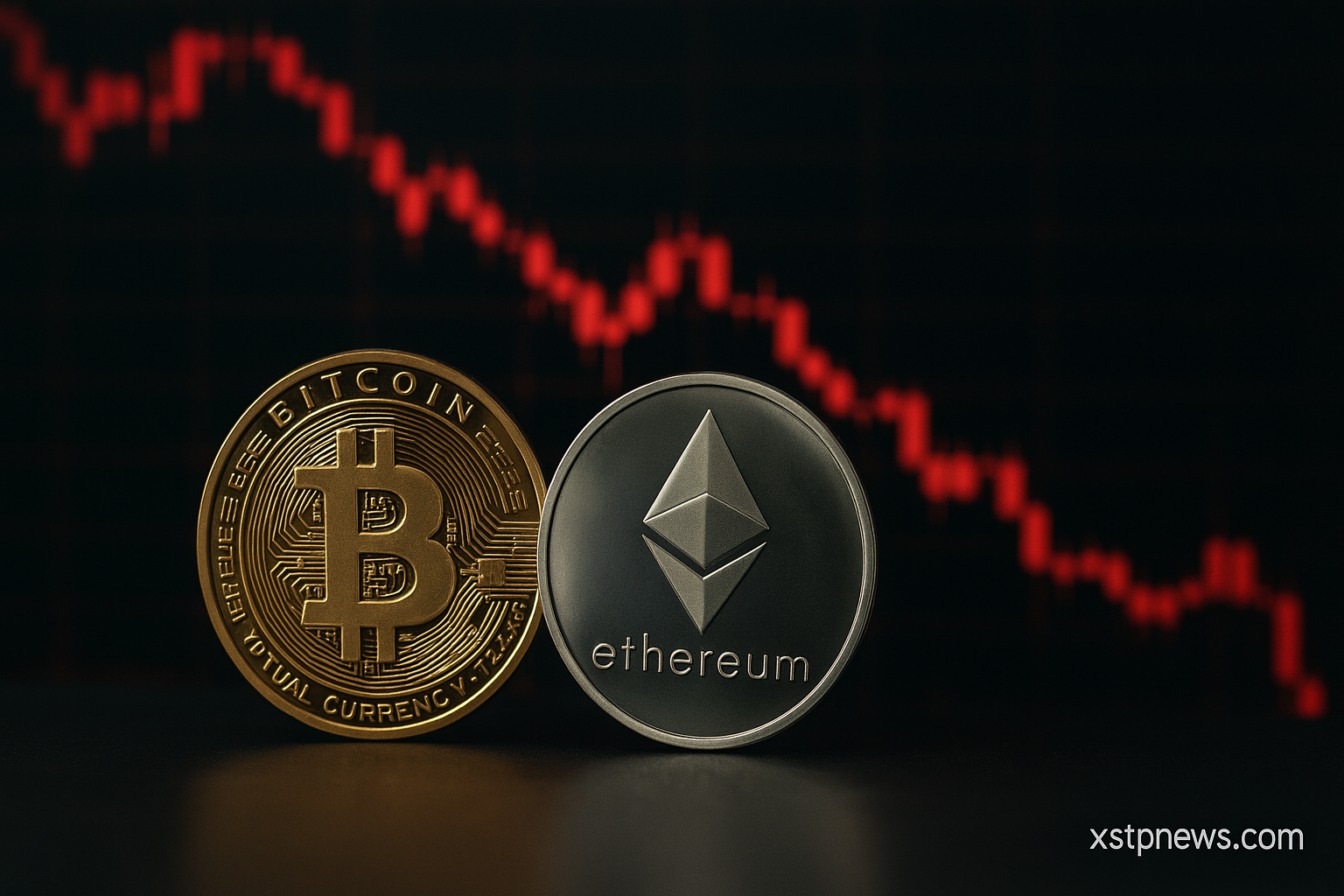The way the market looks at Bitcoin is evolving. What used to be a volatile asset traded mostly by retail investors is now drawing the attention of serious money.
Bitwise Investments recently projected that institutional inflows into Bitcoin could reach more than 426 billion dollars by 2026. This isn’t just a number. It’s a signal. It shows that the biggest players in the financial world are starting to treat Bitcoin as part of the system, not an outsider.
The growing interest in Bitcoin ETFs is one of the reasons behind this shift. These products make it easier for institutions to get exposure to Bitcoin without the complications of self-custody or unfamiliar platforms. With this structure, large funds and asset managers are more willing to allocate capital.
As more institutional money flows in, the dynamics of the market begin to change. Bitcoin becomes less about speculation and more about strategy. Volatility tends to decrease. Price action starts reflecting broader macroeconomic trends. For long-term investors, that kind of maturity adds confidence.
This institutional wave could also accelerate Bitcoin’s role as a reserve asset. With a limited supply, global accessibility, and independence from governments or banks, Bitcoin offers qualities that traditional assets can’t replicate. It’s digital, portable, and resistant to manipulation. For institutions seeking diversification and protection against inflation, this matters.
We’re not just watching a rise in investment. We’re watching Bitcoin shift from being an alternative to becoming a foundation. As trust grows and adoption expands, Bitcoin could soon sit alongside other major assets in global portfolios.
What’s coming isn’t hype. It’s structure. And this time, the capital behind it is long-term.







